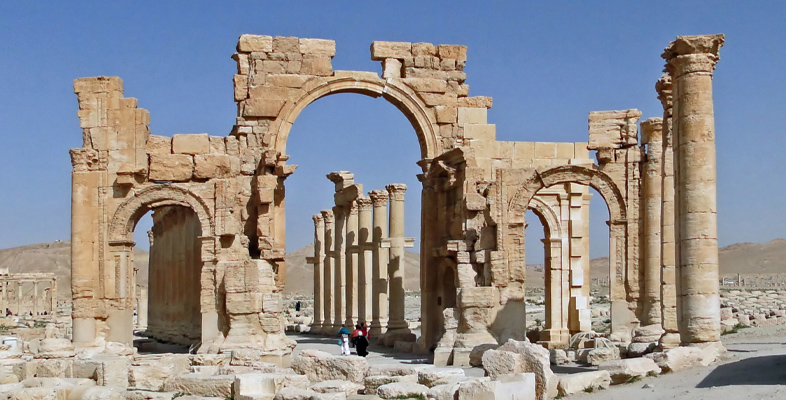2 The debate about rebuilding Notre-Dame
Considering the massive cost of repairs for the damage to Notre-Dame (Figure 10), many people have suggested that donating money to restore Notre-Dame is downright immoral. There are two arguments which could motivate this claim:
- Cost-effectiveness argument.
- Humanitarian argument.
Cost-effectiveness argument
This first argument is that restoring Notre-Dame to its former appearance is simply too expensive, and that our funds should not be spent on such extravagant goals. Someone who advocates this argument might still believe that Notre-Dame is valuable and that fixing it would be a good thing. Yet this project is not cost-effective in their view; for them, restoring Notre-Dame is just not worth the money.
To strengthen this argument, we could also point out that the damage done by the fire was quite minimal. The spire and the roof are gone but the spire was a relatively recent addition and the roof was not one of the cathedral’s most outstanding features. The features for which we most admire Notre-Dame all escaped relatively unharmed – its flying buttresses, giant rose-windows, gargoyles and imposing belfries. Therefore, we would keep much of the value of the historic building by merely preserving it as it is. Once again, restoring Notre-Dame would be a noble aim but the cost is just too high.
Humanitarian argument or ‘stones versus lives’
The second argument is less concerned with the cost-effectiveness of Notre-Dame’s restoration but more with the fact that this project competes for our time and resources against other more worthy projects. Specifically, we might argue that our priority should always be to help human beings first – for example, by curing diseases or combating famine. Projects such as restoring historic buildings should come second.
The general idea is that a human being has a certain moral worth, or perhaps right to life, that is not and cannot be outweighed by something like the worth of a historic building. While both are precious, human beings exist in a class of their own. Hence, given that our opportunities for charitable spending seem to pit restoring Notre-Dame against helping human beings, morally we ought to favour the second option. Even if our money can only save one life, that is still better than spending it on Notre-Dame.
Unlike the cost-effectiveness argument, the conclusion of the humanitarian argument would be unaffected even if Notre-Dame could be restored for little money. When we weigh mere ‘stones’ against human lives, our focus should always be on saving lives. In effect, we could only permissibly repair Notre-Dame (or similar projects) once all humanitarian crises were solved.

